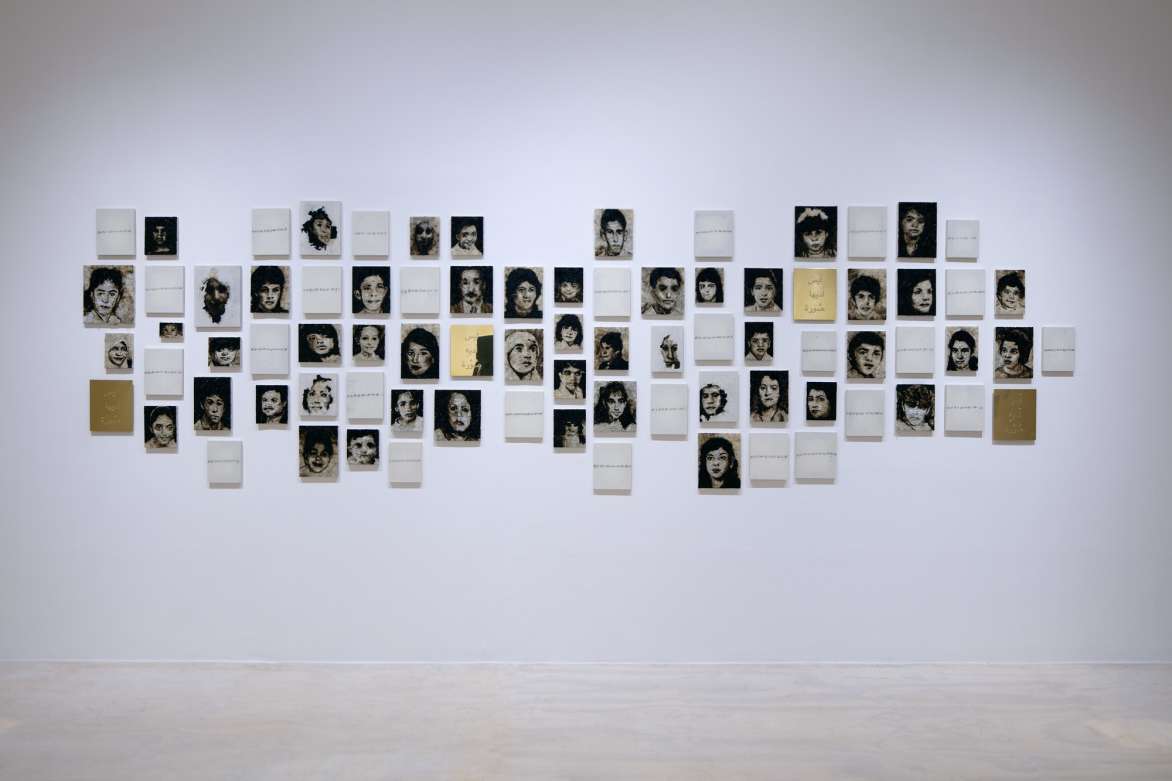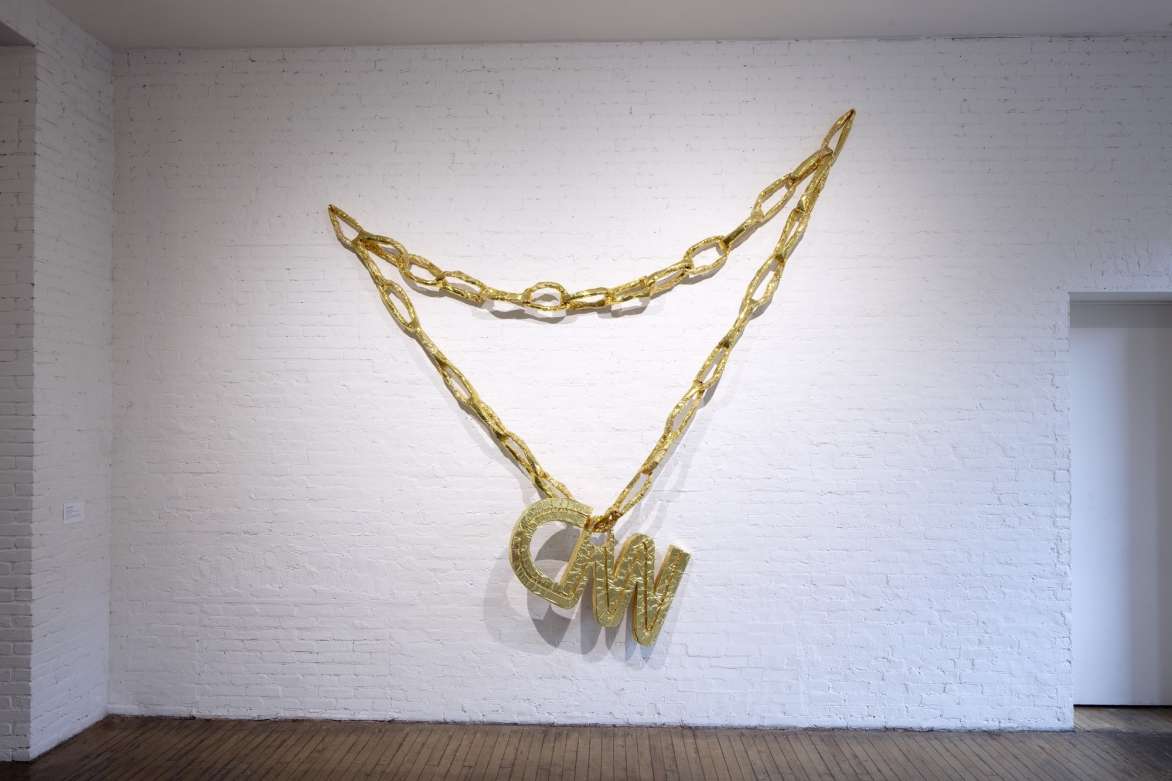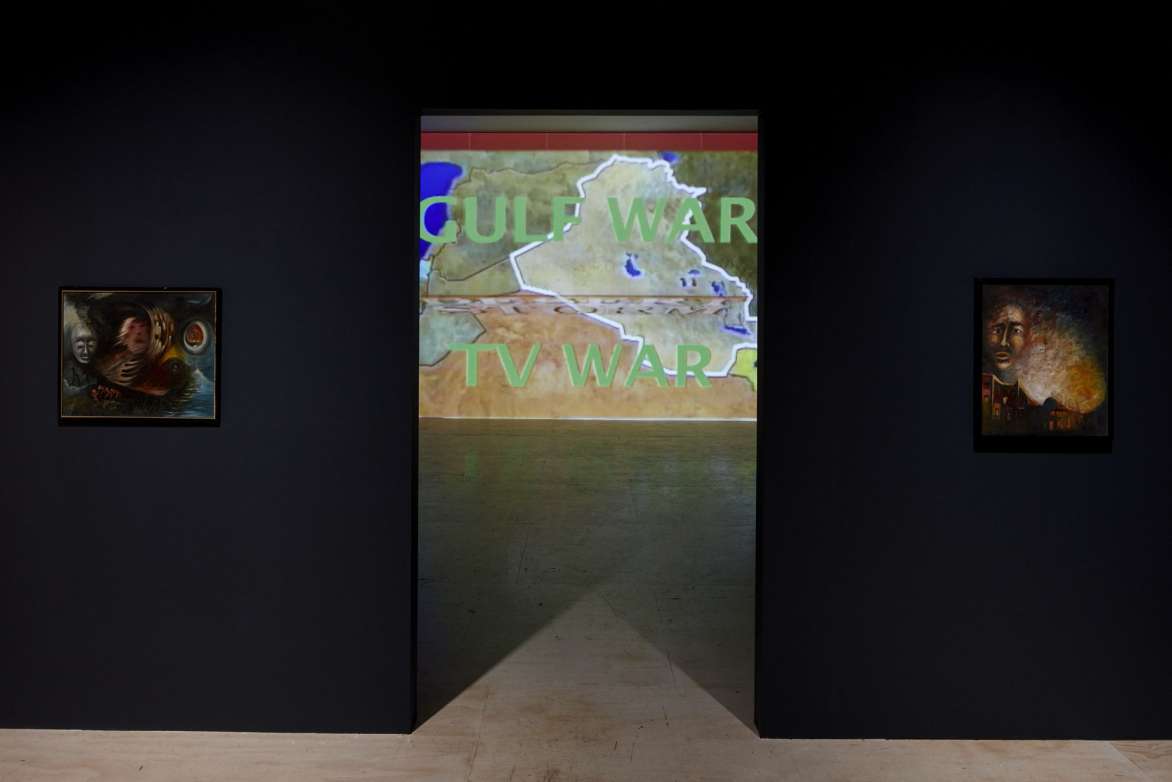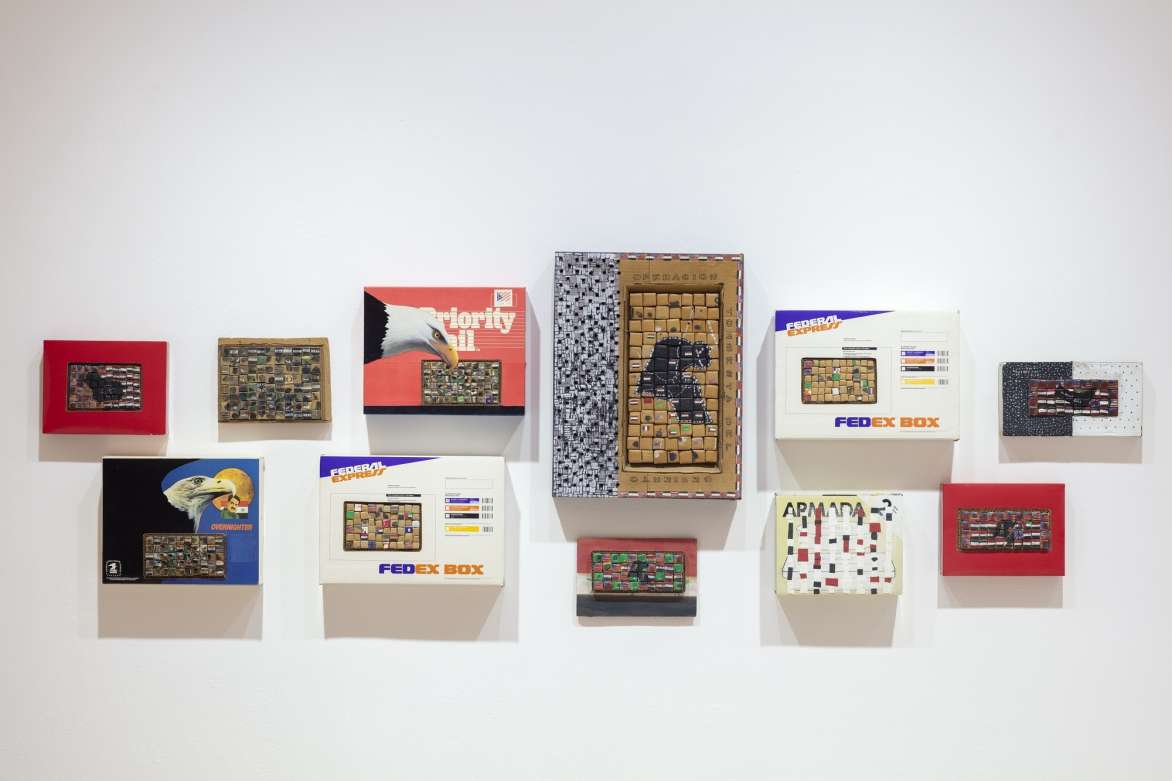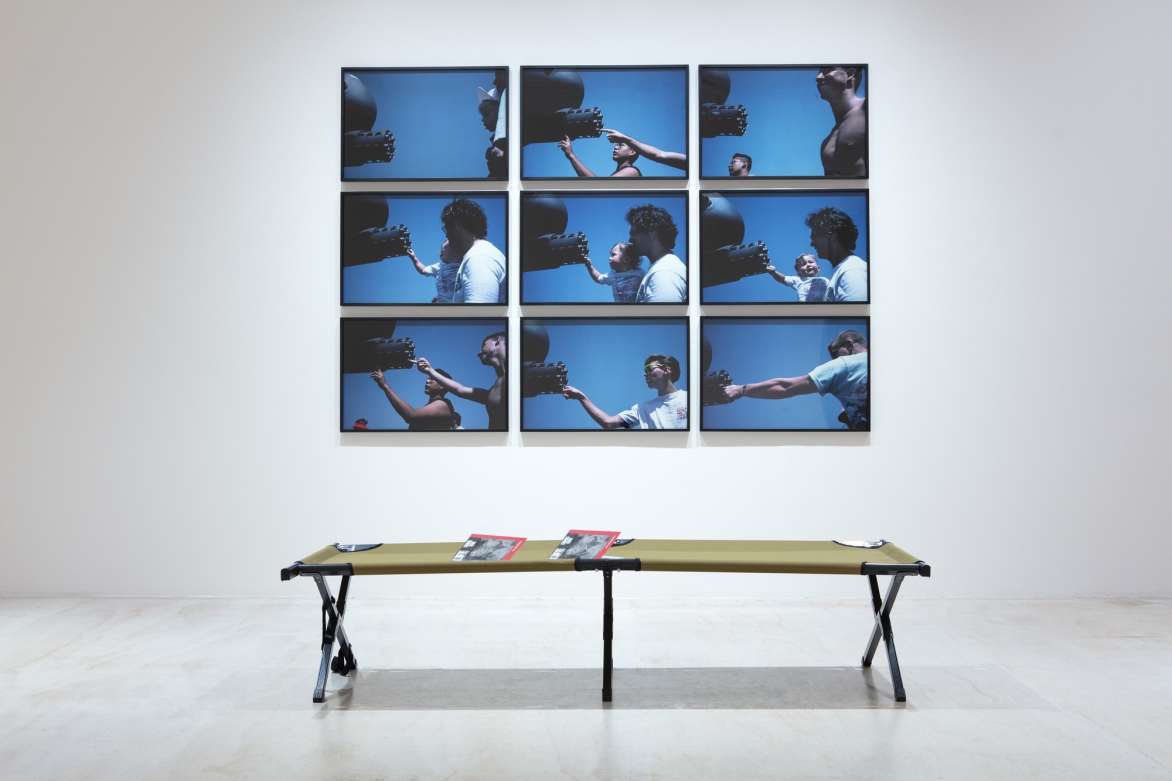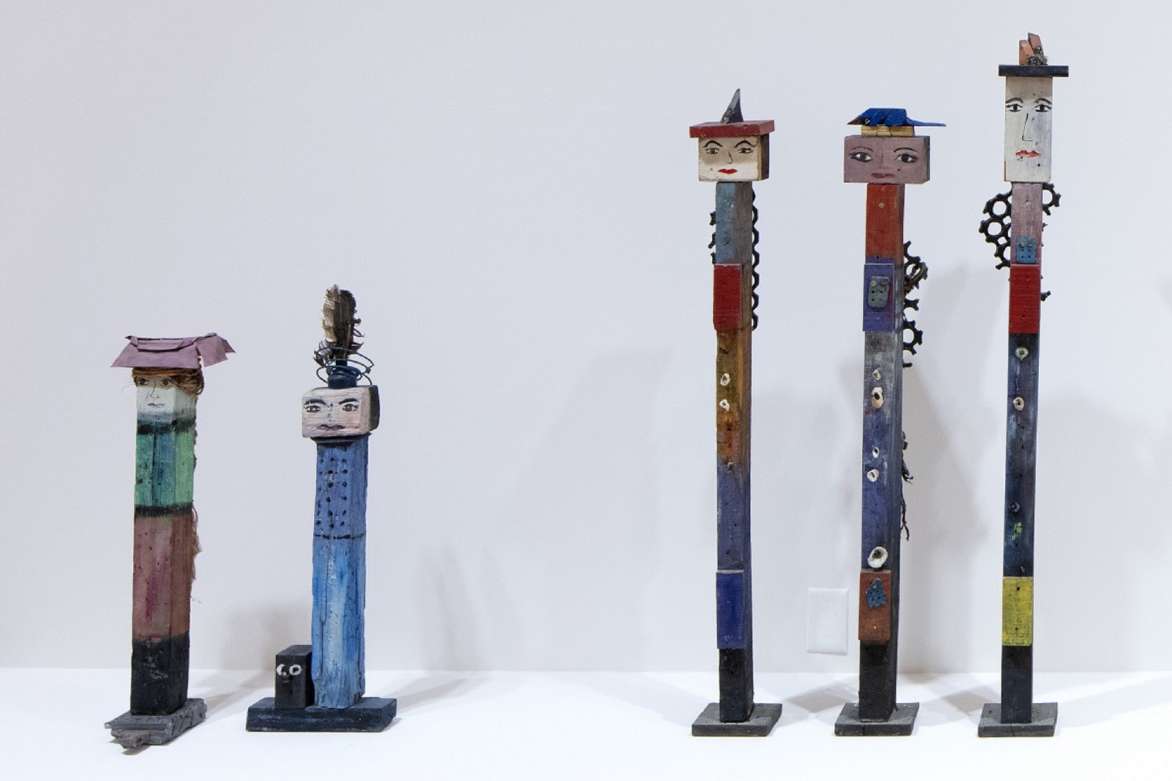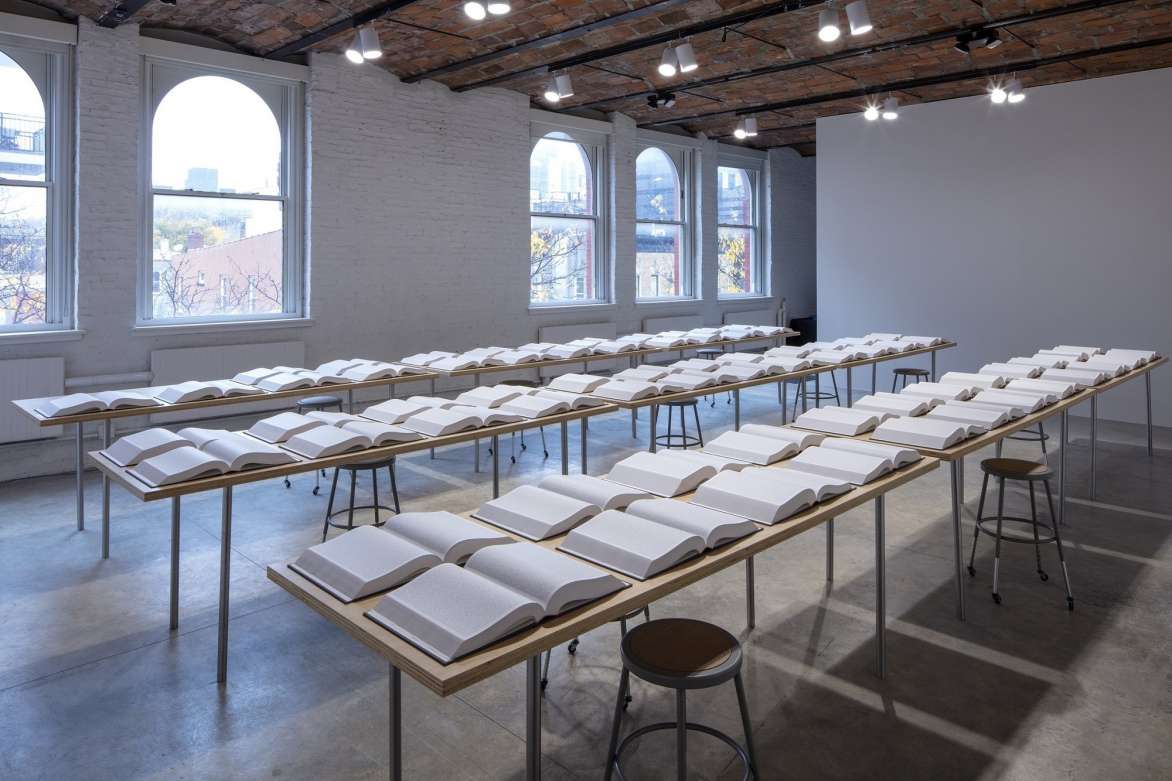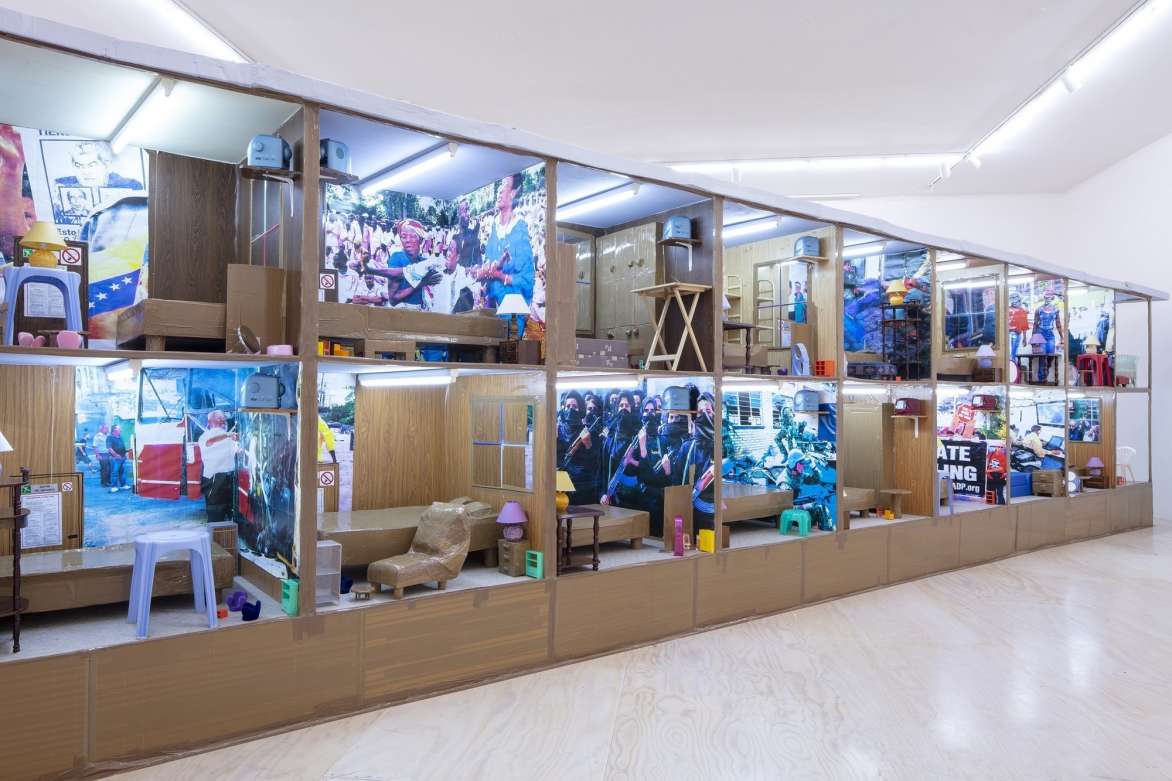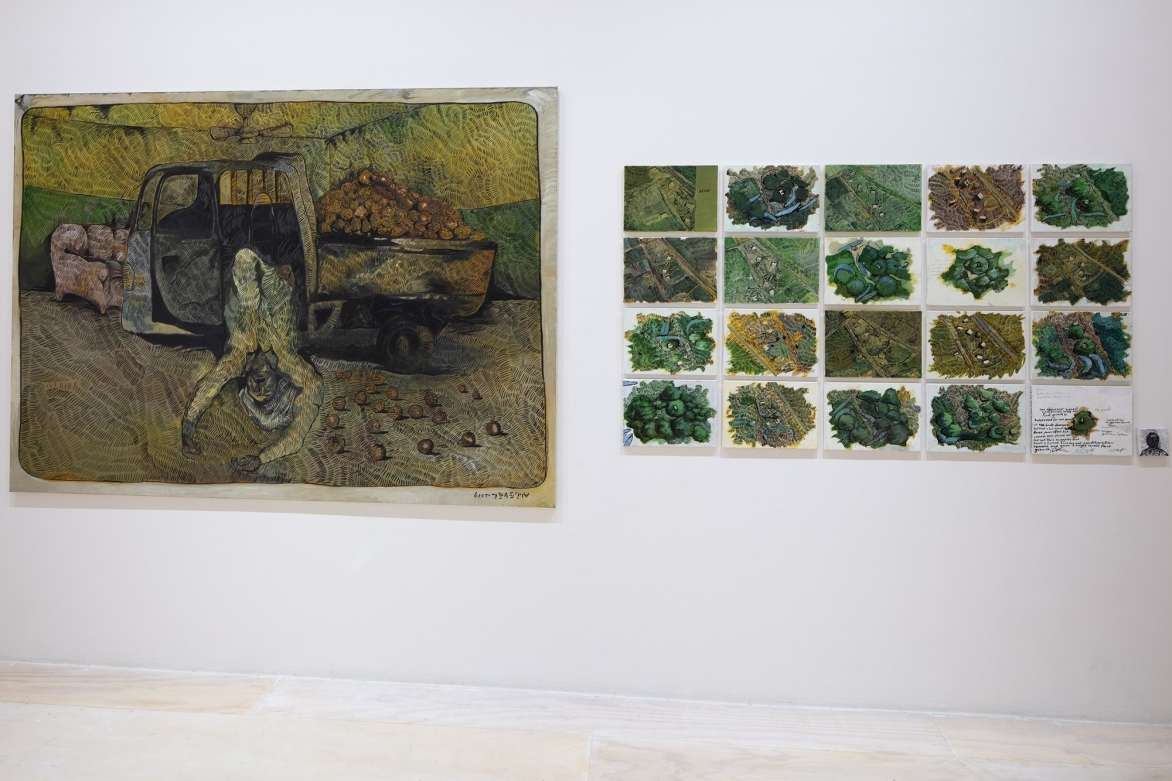American-led military engagement in Iraq over the last 30 years has had an indelible impact on contemporary culture and the work of artists around the world. This large-scale group exhibition examines the legacies of these conflicts beginning with the Gulf War in 1991, featuring over 300 works by more than 80 artists based in Iraq and its diasporas, as well as those responding to the war from the West. While brief, the 1991 Gulf War marked the start of a prolonged conflict with Iraq that led to more than a decade of sanctions and the 2003 Iraq War. These wars and their aftermaths have had devastating impacts on Iraq and its people, contributing to the destabilization of the broader Middle East. Conflict with Iraq has also become an enduring part of American life, influencing culture, politics, and identity. The artists in Theater of Operations were also impacted by significant cultural change during this period—including the advent of the 24-hour news cycle, the Internet, and new media and military technologies. The wide range of perspectives included in this exhibition attests to the rich artistic traditions of contemporary Iraq, with artists working under conditions of war, embargo, and occupation placed in conversation with those responding to these wars from afar.
Theater of Operations: The Gulf Wars 1991 – 2011
We acknowledge our culture’s systemic marginalization of artists because of race, gender, religion, age, ability, sexual orientation, and/or immigration status among other factors. We actively seek to highlight the work of under-represented practitioners and support efforts to address entrenched inequities.
The Andy Warhol Foundation for the Visual Arts
